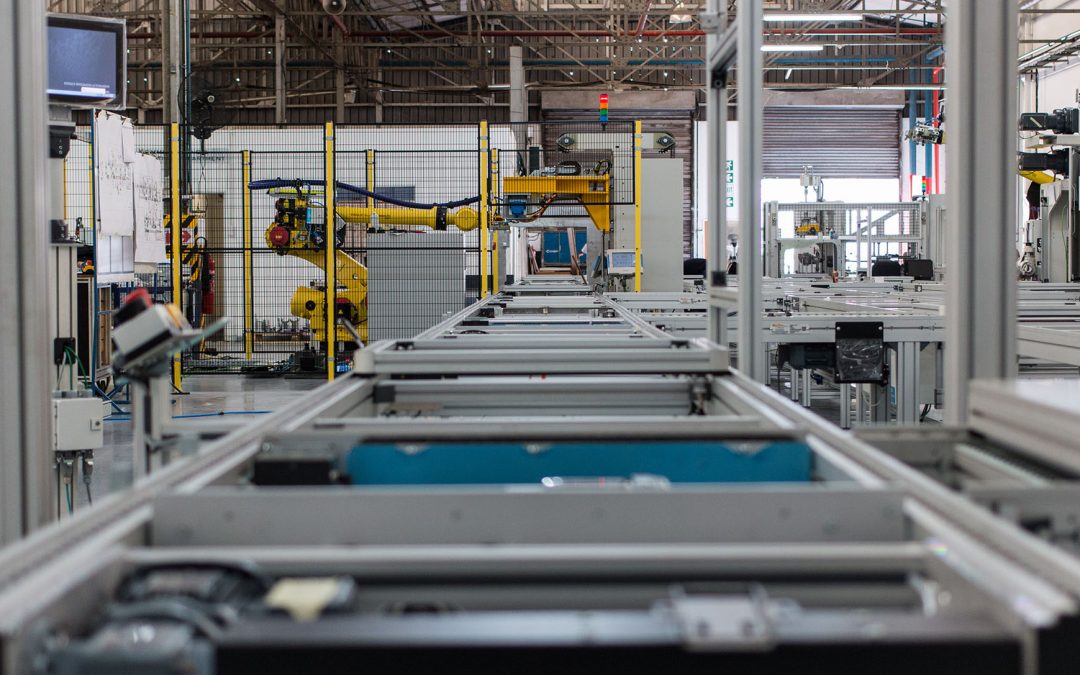
Inside Industry 4.0
The Fourth Industrial Revolution – or Industry 4.0 as it is commonly known – is changing the face of every industry worldwide. Jendamark Automation has mapped a clear path through the technological maze to take automotive customers into the future of manufacturing.
Historically speaking, each of the four industrial revolutions has been set in motion by the advent of a radically different and new technology. But the goals have always been the same: to increase efficiency and reduce manufacturing costs.
“Every project we at Jendamark take on under the banner of Industry 4.0 must improve efficiency or reduce the cost of the product for ourselves or our customers,” says sales and design director Yanesh Naidoo. “Otherwise it’s a pointless exercise.”
Naidoo says there are many ways to achieve these twin goals, and it differs from industry to industry, which is what makes defining Industry 4.0 so problematic.
AN EVOLVING DEFINITION
“At Jendamark, we’ve established our own nine-point definition, which has the potential to add value for our customers and gives us a path to follow moving forward.”
The nine touchpoints are: integrated systems, predictive maintenance, additive manufacturing, augmented reality, the Internet of Things, virtual reality, autonomous robots, block chain and cyber security.
Given the accelerated rate of technological development, Naidoo says the definition is a constantly evolving one, with Jendamark opting to focus only on the first six points at this stage.
“As much as industries grapple with defining Industry 4.0, it is equally difficult to know if you’re ahead of the curve or not. We know that we’re not experts in every one of our focus areas, but we don’t have to be. We understand the possibilities and, where necessary, work with trusted partners to provide the right solutions for our customers.”
INDUSTRY 4.0 VS AUTOMATION
The interesting thing about Industry 4.0, Naidoo believes, is that it is not necessarily synonymous with automation. “It’s first and foremost about elevating efficiency,” he says.
“If a particular country assembles a component manually because labour is plentiful and inexpensive, we need to find a way of making that process more efficient. That doesn’t mean automating it because that’s once again adding cost.”
So, the Industry 4.0 solution would be to make the operator more efficient by, for example, providing augmented reality glasses or making the workstation screen more efficient.
“In a country where everything is already automated because labour is expensive, exploring solutions such as predictive maintenance could increase efficiency by reducing machine downtime,” says Naidoo.